“At Del Rey Rooms,” a story by Tim J. Myers, was a finalist in our recently concluded 44th Short Fiction Contest. It is published with the permission of the author.
At Del Rey Beach
by Tim J. Myers
_____
Years later he became a professor, a scholar—wrote a well-received book on epistemology. But back then he was just a guy in love.
They’d taken a cheap room in Venice for the summer, a run-down place a couple of blocks from Dockweiler Beach. You could always smell the sea, its powerful mix of salt freshness and rot. He’d never lived with a woman before; she’d had other boyfriends. She was from back-county San Diego, told him she’d come to L.A. looking for a real life. He’d just graduated from Pepperdine, history major, minor in logic. They each had crappy jobs, enough to pay the bills but not much more.
Their room was on the second floor, its big windows opening onto a narrow street of the seaside city, a place half vacation-spot, half party-district. Across the street, in the direction of the Pacific, stood a dreary-looking laundromat and a small grocery store with kids’ water toys hanging from the awning and boogie boards stacked against the wall to rent. That morning some black guy was playing sax in front of the laundromat, his beat-up case open for contributions on the sidewalk in front of him. The air smelled of pancakes and frying bacon. It was Sunday; most of the tourists were still asleep, or crowded into the cheap breakfast places back on the boulevard.
He woke feeling groggy, saw her standing at the window. It had been a strange night. They’d gone to Stevie’s, drunk too much rum, danced to loud hip-hop and ska around the apartment pool, then staggered back home. She’d worn that short black cocktail dress she looked so good in, with the single strand of pearls her mother had given her, and black pantyhose–and, he realized, once he’d shut the door behind them and gone for her, those black lace panties that always drove him crazy.
But he hadn’t been able to come. They struggled for a while and he felt himself getting overheated, worried she’d be put off by the sweat that had begun dripping from his forehead and shoulders. So he stopped, murmured something, and they fell apart, and sleep took them as a midnight breeze off the sea began to stir through the worn little room.
It wasn’t the first time, and it wasn’t the booze; he knew it and she knew it. So that morning, with sunlight streaming in and the sax player revving up his horn in long ascending glides, he told himself, Right now. Right now! There’s gotta be a reckoning.
Standing at the window, wearing nothing but an oversized t-shirt, she had that vacant look, watching the world but not really seeing it, looking down at the street, following things with her eyes: dog slipping into an alley, gull pecking at fast-food wrappers on the sidewalk, smiling heavy-set man and his little boy gleefully paying for a boogie board.
“Val,” he said softly, “we have to talk.”
She didn’t answer, but that didn’t surprise him. The sax moaned low.
“You know something’s wrong. I know you do,” he said, level and calm, the voice he used in classes at college. He was building an argument, trying to keep it clear, to be honest and persuasive. He knew it had to be done just right.
“So I have to say some things,” he continued, sitting up in bed with the sheet still over his legs. Down in the street the sax player began barking out a shuffle beat, holding it with staccato notes and sudden slides. “Because I’m in love with you–you know that. And we can make this work.” She still didn’t answer, stayed at the window with her back to him, a breeze momentarily lifting her hair. But he saw her look slightly down and back, so he knew she was listening.
“I’m not perfect, Val–I know that. And I’m ready to work at this. I really am. But there’s something in you that’s…that’s not…not exactly here with me. You see what I’m saying?
“You keep pulling back. You’ve got a hundred ways to do it. We start getting close, we have a great day, or we make love and it’s just perfect–but in a day or two you’re suddenly all pissed off about something. Or you tell me this isn’t the life for you–like I’m part of it, and you can just chuck it away. Or you won’t let me touch you, like all I want is sex.” He paused, listening idly as the sax went smoothing into minor notes.
“Or you do what you’re doing right now. You go silent on me. You get that empty look, and nothing I say or do makes any difference.”
She spoke without looking at him. “What do you want me to say, Ronnie? What am I supposed to say?”
Goddamnit! he screamed to himself, You could say, Ronnie, I don’t like the way you… Or, Ronnie, you have to understand… Or Ronnie, I don’t mean to… Anything! At least it would be a beginning…!–hearing in his own head, even as he said the word, its counter-word, its shadow: Ending.
“I can’t tell you what to say, Val. It has to come from you,” he said quietly, still looking at the back of her head, noticing with desperate fear how beautiful her hair was, how the gold-blonde strands fell with such grace onto her shoulders and upper back. With an effort he cleared his mind. “But I know one thing.”
He stopped for a moment, waiting. She didn’t speak.
“Okay, Val,” he said grimly. “Here’s the thing. You’ve got some dark shit going on in you. I don’t know what all of it is–though I have my suspicions. Maybe your folks, how things were in your family. And maybe the way guys treated you, or whatever. But I can see all this stuff in you. And it scares me, Val. Because it keeps making you pull away, or suddenly treat me like shit for no reason.
“I don’t want to say this stuff. But I have to. Because I’m in love with you. That’s the way it happens; when two people are in love, they just start kind of…I don’t know…traveling into each other. And my eyes are open, so I see this stuff. I know you don’t want to talk about it. I know how much it hurts you.”
The sax was purring now, in sweet lyric lines, a love song. He went on doggedly.
“I know how hard it is to look at all that stuff; I’ve seen what it does to you. I saw it that weekend at your folks’. It’s like you blame yourself. I’m sorry, Val. But I’m in love with you. I need certain stuff from you. I don’t mean to rub your nose in this, but…we’ve got to talk about it. Or something. You’ve got to face these demons and deal with them, or we won’t be able to…to build anything together.”
The sax was soaring in high blue notes, pure and sustained. Then it dropped to a jerking flow of short runs with flatted fifths, each slower than the one before.
“Okay, Ronnie,” she said, turning toward him. “Okay. Sure. We’ll talk. But I’ve gotta get some groceries,” and she crossed to her suitcase and began getting dressed, pulling her jeans on under her t-shirt and turning away when she took it off so he couldn’t see her breasts.
That’s when it hit him. In that instant he knew–Sunday morning sea-breeze riffling the curtains, sax notes seeming to move with the twisting of his heart–that she’d leave him. And he realized, all at once, the mistake he’d made–that all he could ever be to her now was a mirror. And she’d just turn away. Maybe she couldn’t help it.
That sax guy, he thought vacantly. Why does he keep playing the same line? I guess he’s practicing.
Guess we’re all just practicing.
But that was wry, that was staged, an ironic remark–a way of pretending he could somehow keep his cool. He recognized the subterfuge. But there was no fooling himself; he knew how bad it was going to be, the pain that was coming.
We might have had a chance before, he told himself, still sitting in bed as she went out the door.
The sax stopped playing.
History, he said to himself.
__________

Tim J. Myers is a writer, storyteller, songwriter, and senior lecturer at Santa Clara University. His work has made the New York Times bestseller list for children’s books, been reviewed in the Times, and been read aloud on NPR. Find him at www.TimMyersStorySong.com or on Facebook at https://www.facebook.com/TimJMyers1.




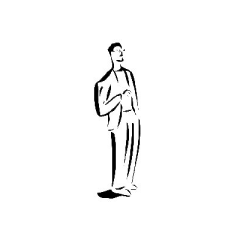
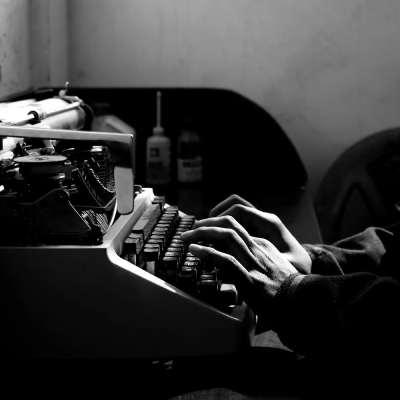
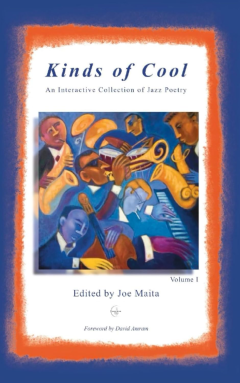
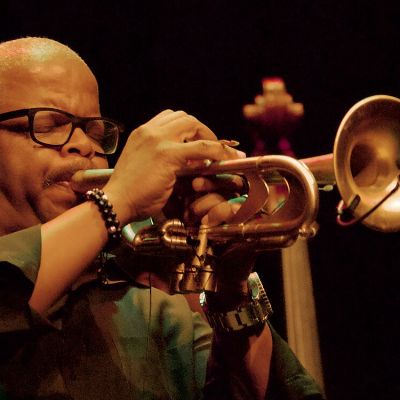
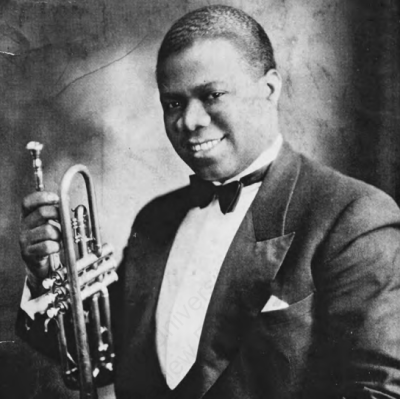
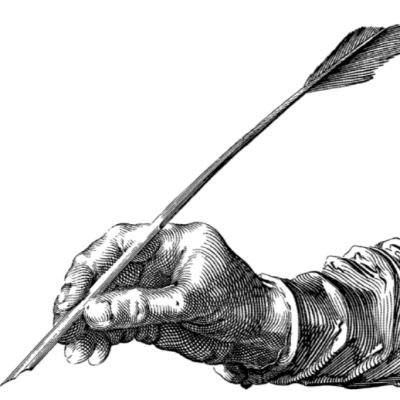
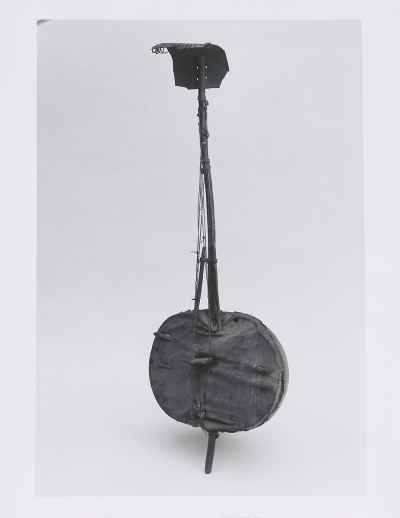
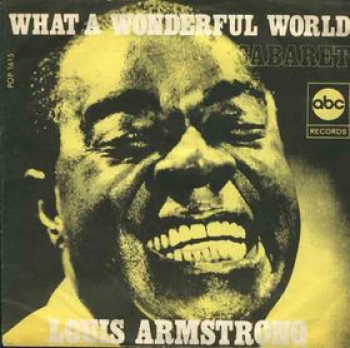

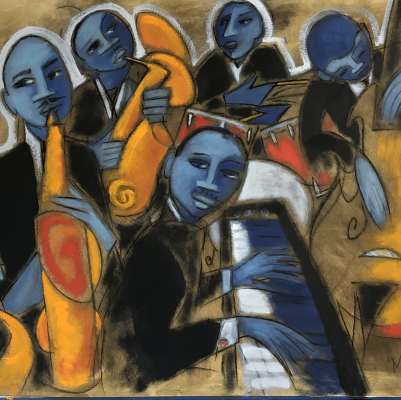
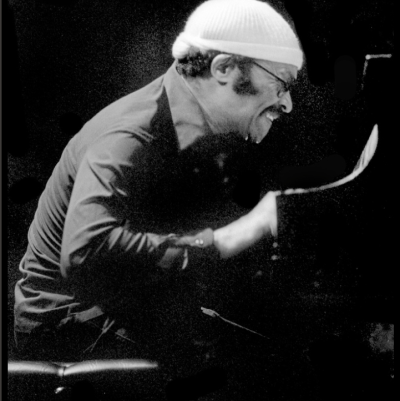



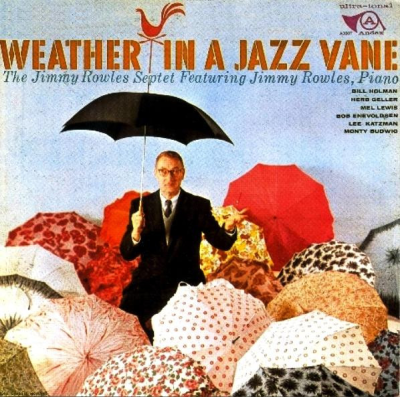
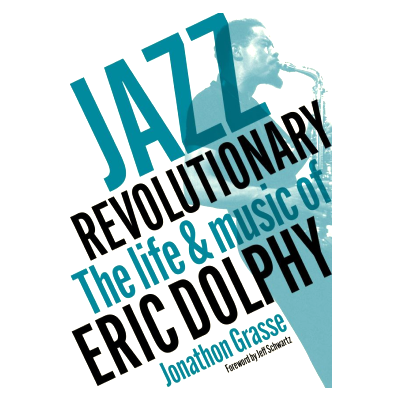


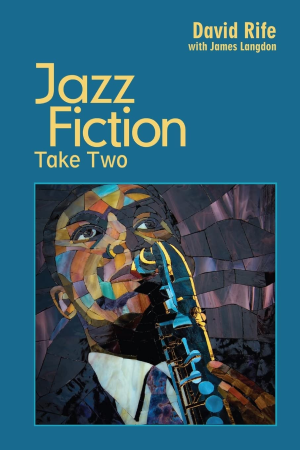


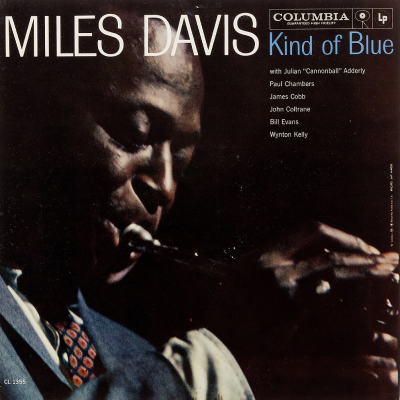
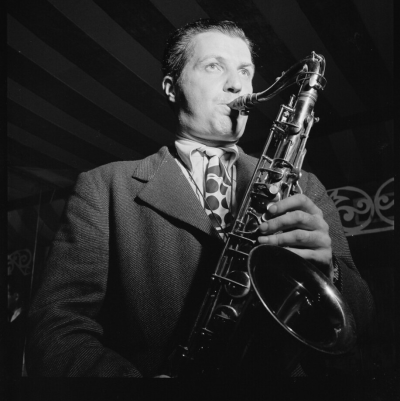
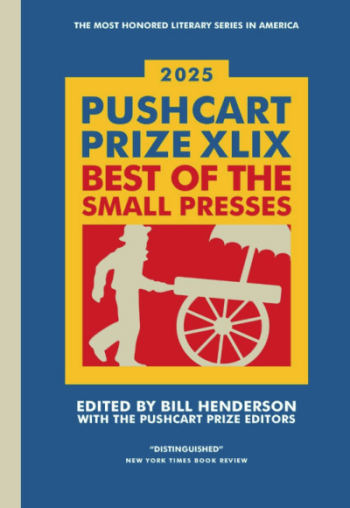
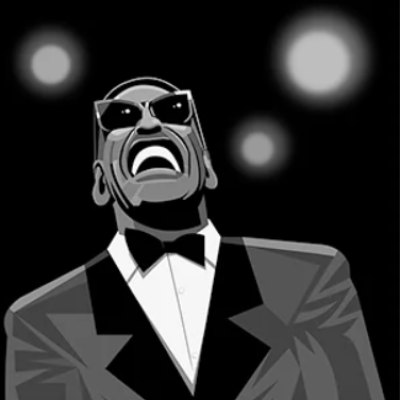


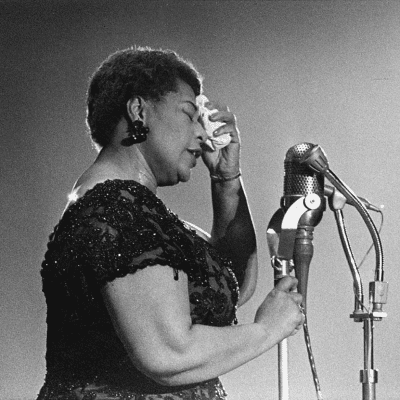



there’s much here to be explored: many layers underneath the top one